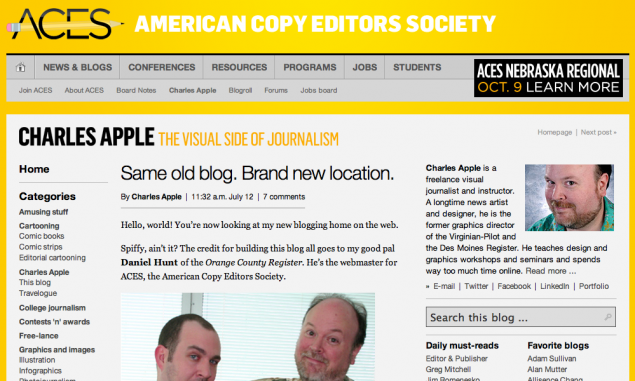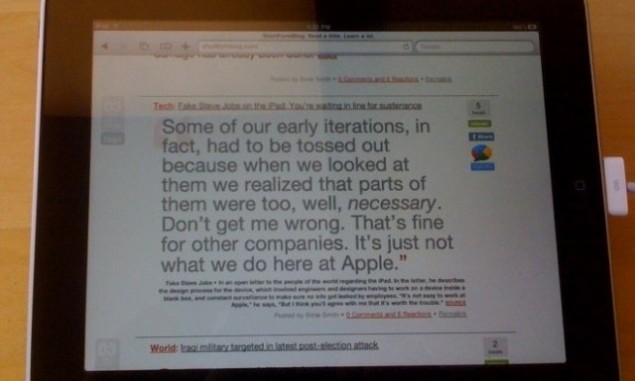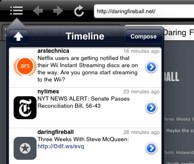Tech: CurationSoft: The latest tool on the content curation block
- We have to parse through a lot of content quickly. So do lots of other people. In an influential post we like citing, Robert Scoble once put this point into strong emphasis, calling it a “billion-dollar opportunity.” Content curation’s biggest problem is that it always takes a lot of steps, and the app that figures out how to simplify the process is going to win. We’re, specifically, the target audience for this, so we have a lot of thoughts on the matter. The closest right now is Storify, though we’ve seen a lot of competitors show up with the express purpose of wooing Robert Scoble. The latest? CurationSoft. This Adobe AIR app allows you to easily drag-and-drop content from YouTube, Flickr, Twitter, or various blogs into your browser in a platform-agnostic way, which is pretty much its best trick. (Tumblr? Google Plus? WordPress? Works the same way.) From there, we worry a little. You can only do a single search at once, which seems like a step back in the age of multi-tab Twitter clients, and the pricing seems a little off ($40 for a single-user license? For just a year?) We think the idea is good, but the execution needs polish. Would like to see where this app is a year from now. Robert Scoble’s billion-dollar opportunity is still out there, kids. source



